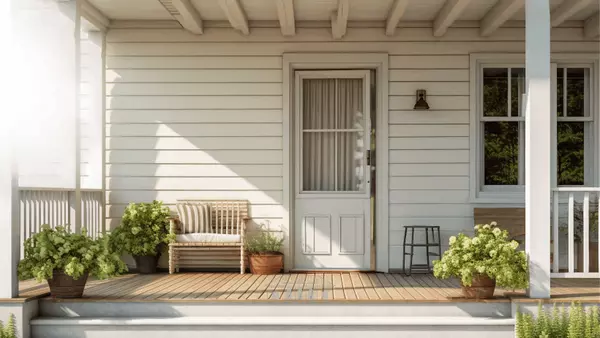
Home Prices - What the numbers are actually telling us.
Instead of just looking at median sale prices (which can get skewed by what kinds of homes are selling at any given time), it's much better to track how the same homes have appreciated over time, giving you a much clearer view of real, actual price growth. Per the Indiana Association of Realtors, th

What No One Tells You About Owning Your First Home (But Should)
Almost every homeowner has a story. Ask them how they felt the day they closed on their first home, and you’ll likely get a huge smile and a story full of excitement and pride. But fast forward a few months (or years), and that same homeowner will probably share the other side of the story — the th

Should You Buy, Sell or Wait? Here's What to Consider
It’s one of the most common questions I hear: When is the best time to sell? The answer isn’t always the spring. It's not black & white, but there are* some key things to think about — especially with how today’s market is behaving. So, let’s unpack what’s going on and what it might mean for you. H
Categories
Recent Posts










Start a conversation here.

